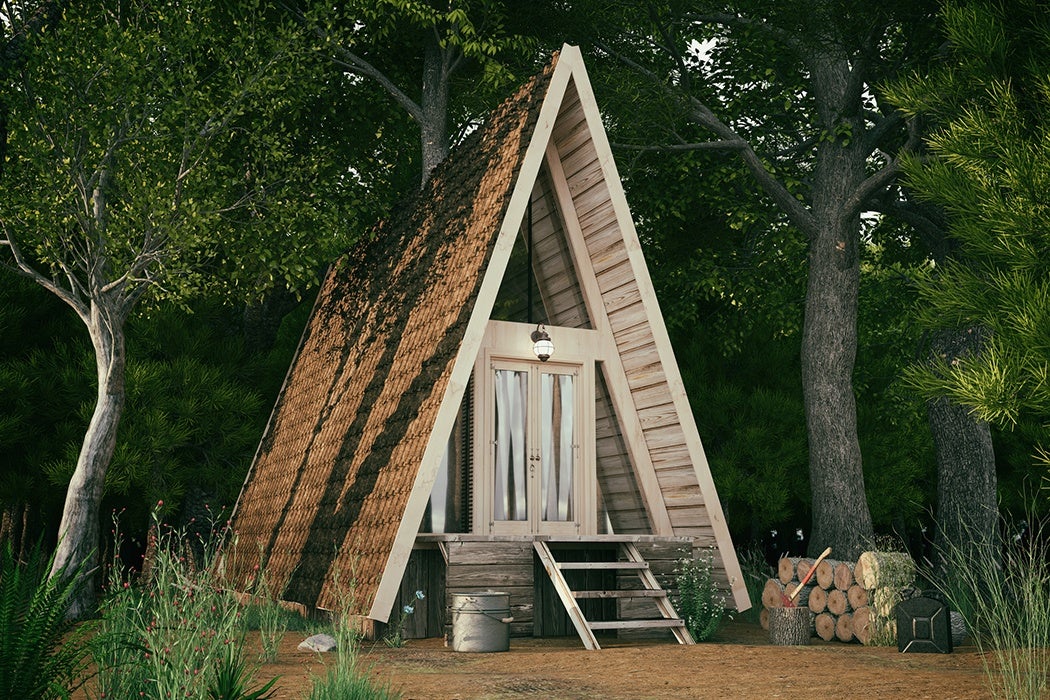For the last decade or so, people of means have enjoyed living more lavish lifestyles: more luxurious vacations, better education, and bigger houses. In Australia, for example, the average person has 91.2 square meters of living space to themselves. In the early 90s, it was a far more compact 31. One response to this trend has been the rise of microhomes: hyper-fashionable domiciles around 40 square meters in size.
The benefits of microhousing are self evident. Building a microhome means fewer materials are used, and even less is wasted. “Building materials account for about half of the stuff society consumes,” writes Beth Askham, and “makes up about 40 per cent of all the waste that goes to landfill.” Tiny houses also save on the energy inherent in carting building materials to and from from the site. “There is a considerable amount of embodied energy in these materials,” she adds, “made up of all the energy required to extract and process raw materials, their manufacture and transportation.”
Smaller homes require less light and heating, good for the wallet and the environment. Mobile microhomes mean you can move from place to place, taking everything with you. The challenges of small spaces often force a high degree of creativity, leading to striking designs. Packaged this way, microhomes sound like the homes of the future.
Yet, a tiny house isn’t all charm. The logistics can be painful. Securing a loan for a tiny home can be harder, and require a bigger deposit, putting a bigger financial hurdle to jump at the outset that might offset later savings. Housing regulations (which differ by location) may require certain rooms be certain sizes, or have certain features that may throw a wrench in designs. Spaces need multiple purposes.
As one microhome resident recently wrote in The New York Times, “deep inside the expensive custom closets and under the New Age Murphy beds, the pro-petite propaganda has hidden some unseemly truths about how the other half lives. No one writes about the little white lies that help sell this new, very small American dream.”
She reveals that even one moderately sized item suddenly becomes the centerpiece of a room. The heavy use of the same sofa for lounging, working, napping and entertaining means it wears down at an accelerated rate. A meal with a strong scent fills the entire place and lingers for days. Dust bunnies colonize en masse. And apart from the upkeep, the psychological effects of spending so much time in such an enclosed space are still under debate.
Microhomes look stunning in a catalogue, and sound great on paper, but they might not be as democratic as they seem. After all, as Askham notes, “A small house is not just a matter of shrinking the dimensions of a larger house. Smaller spaces require a reworked design approach.”







